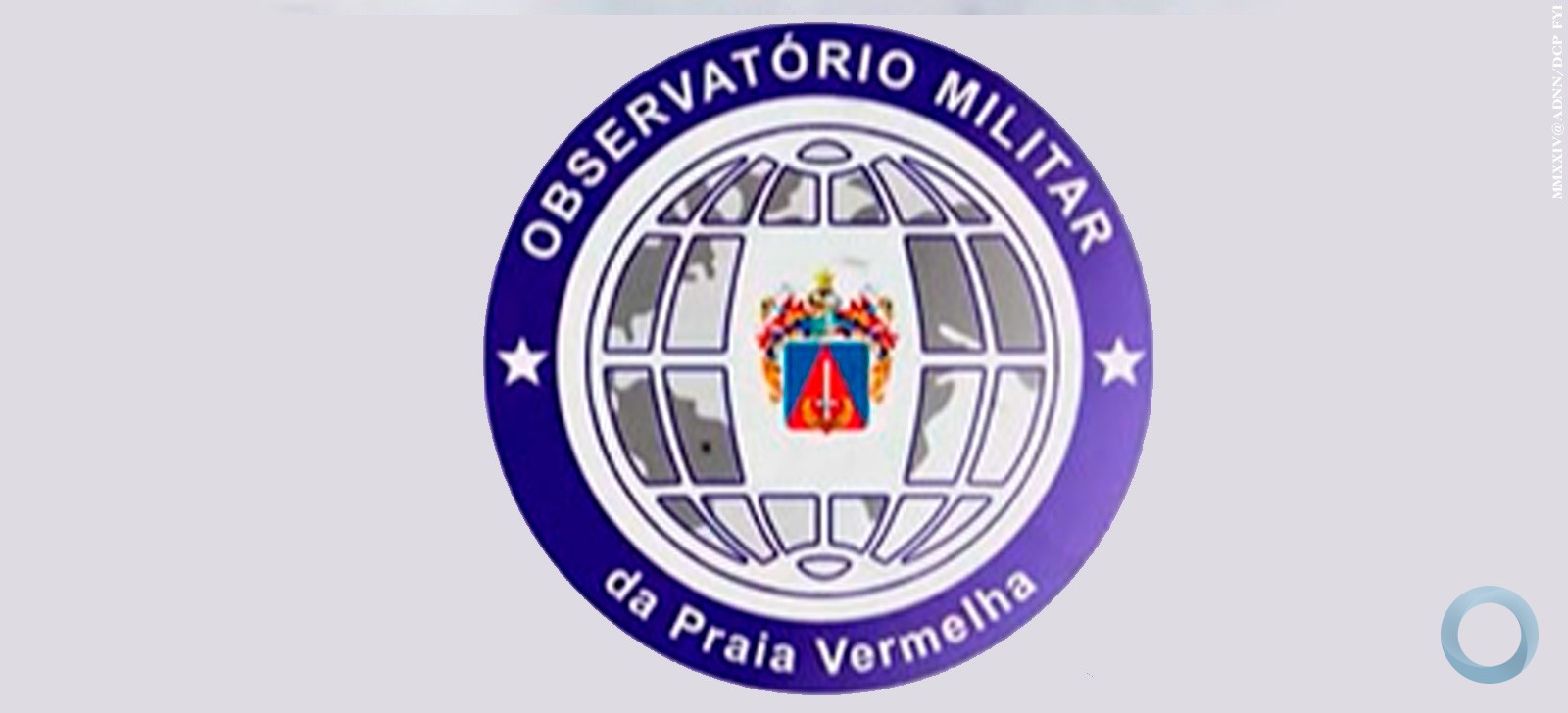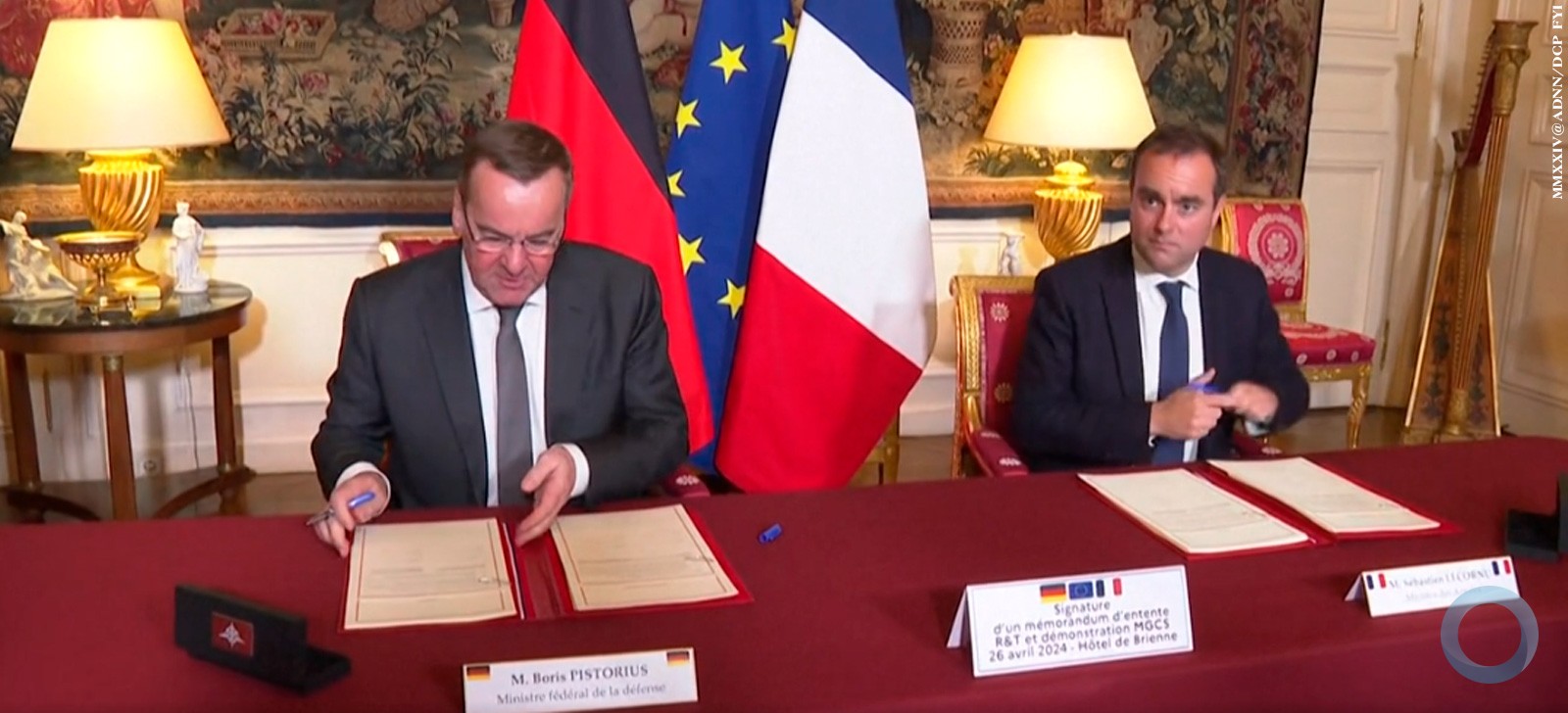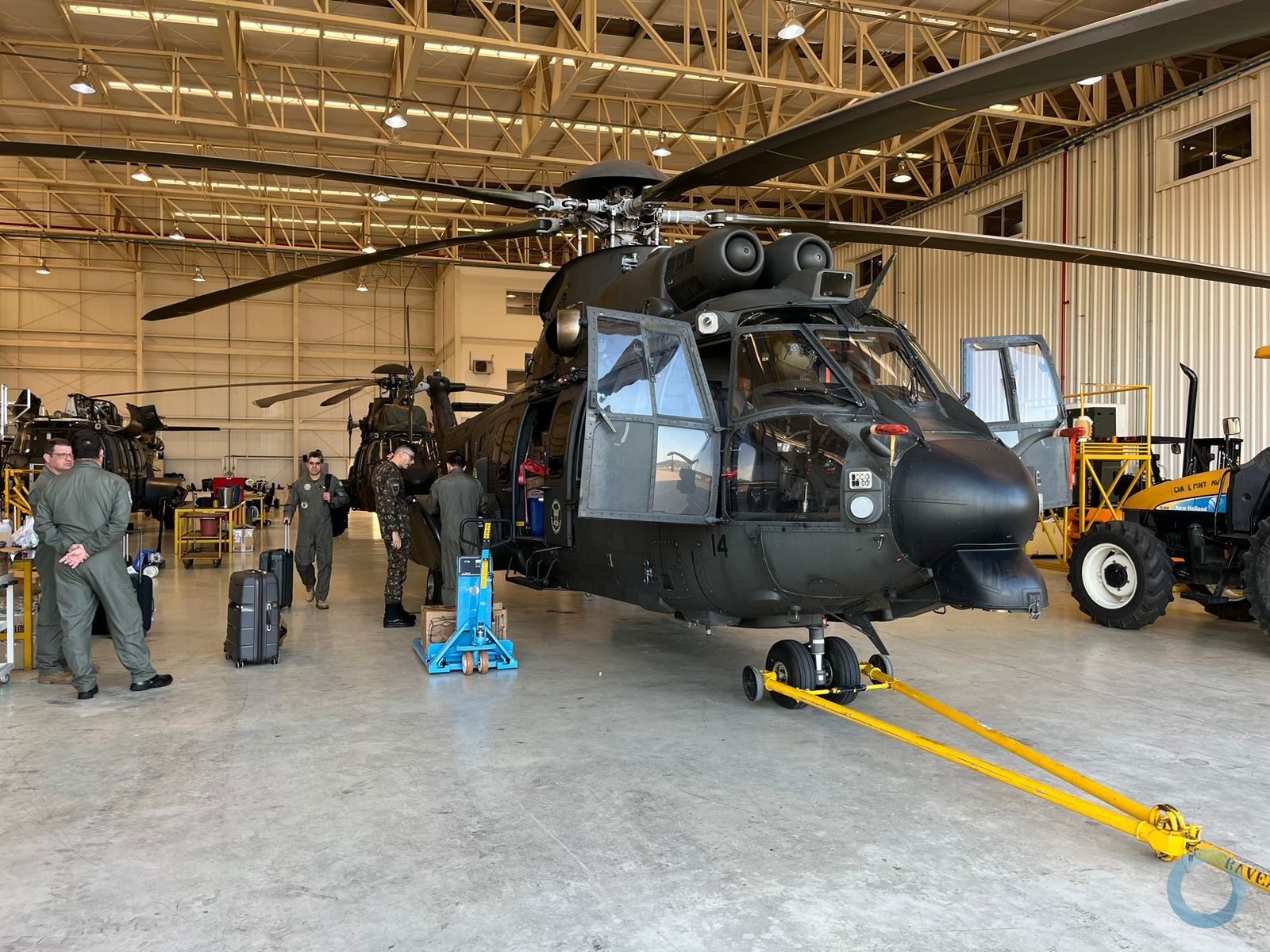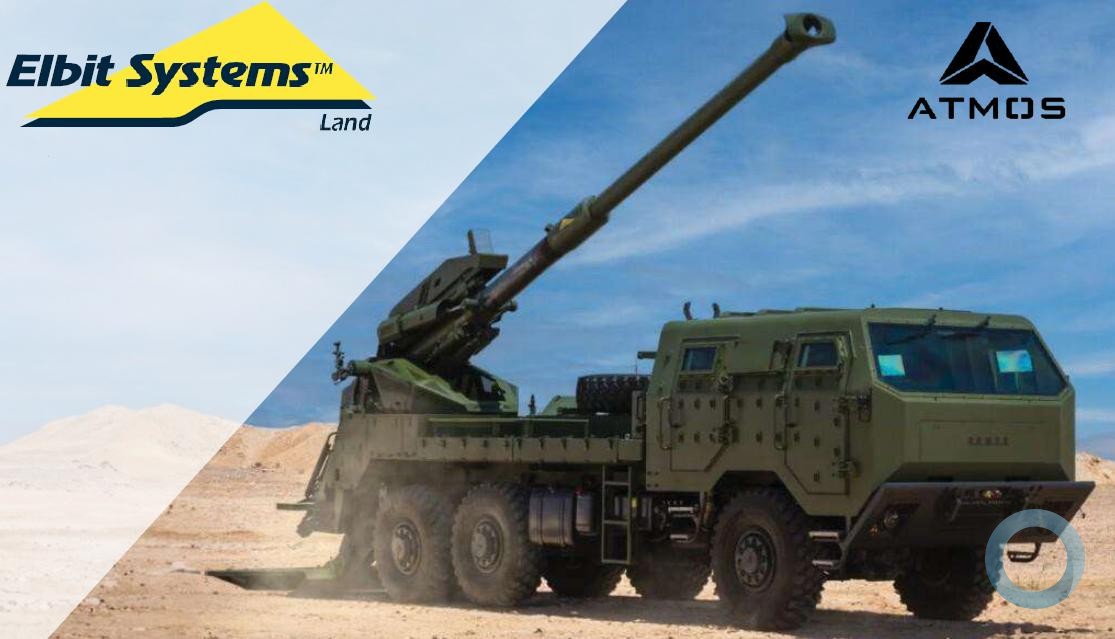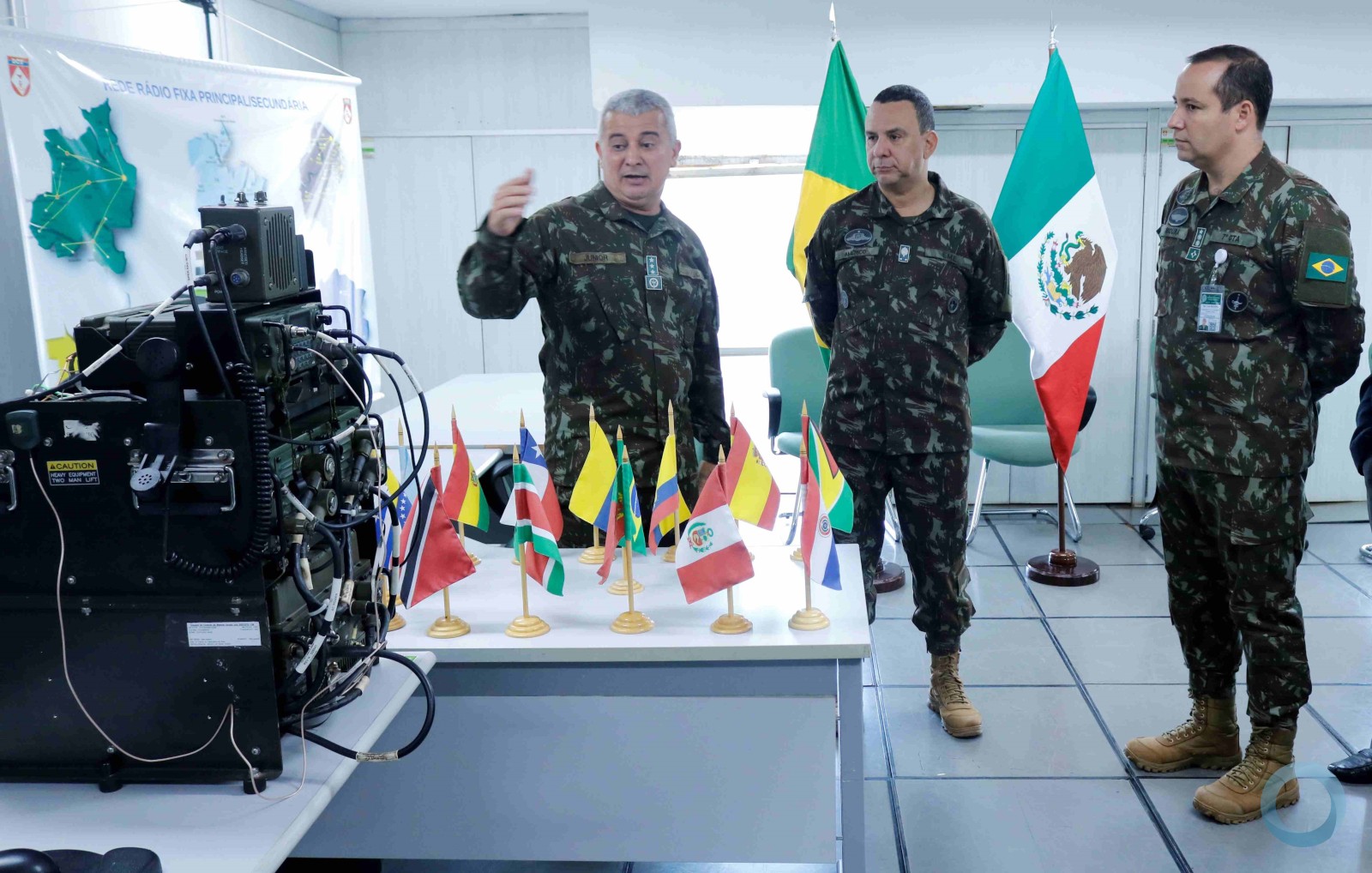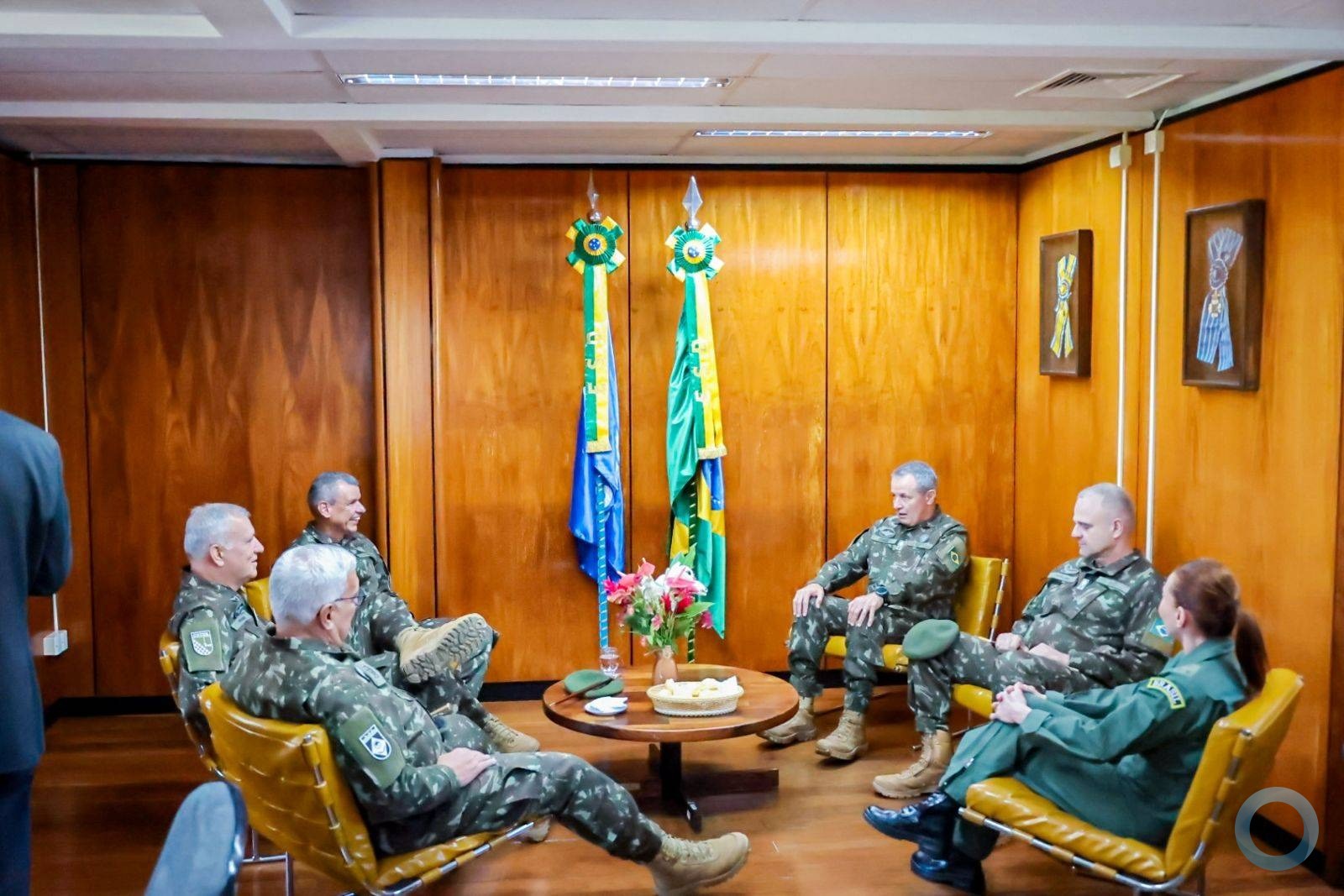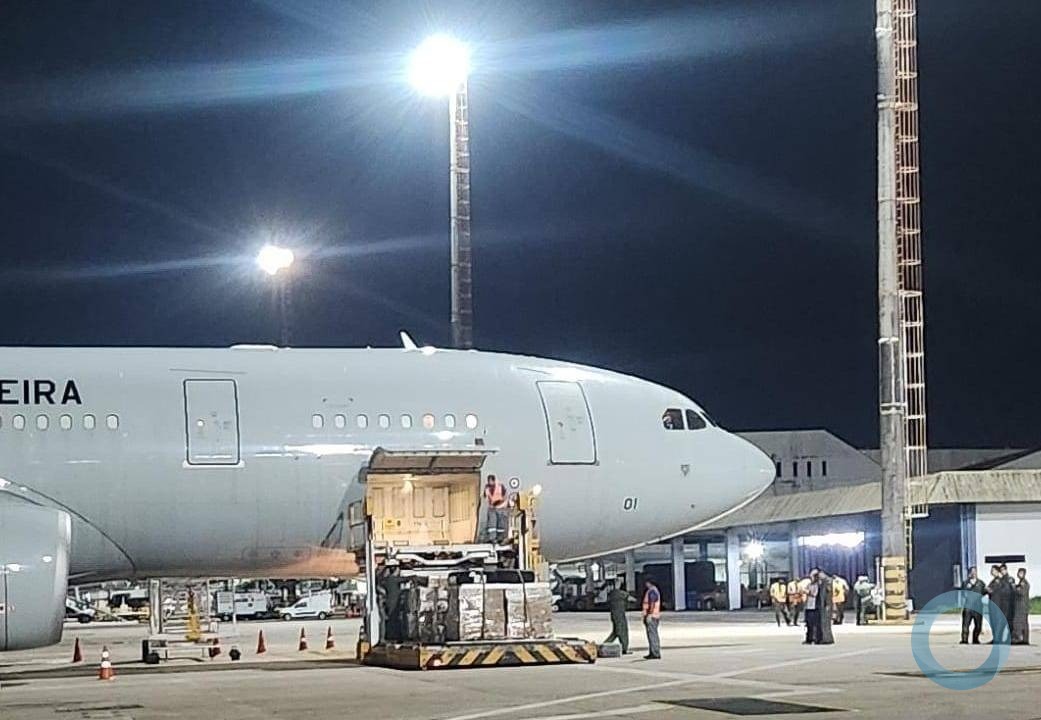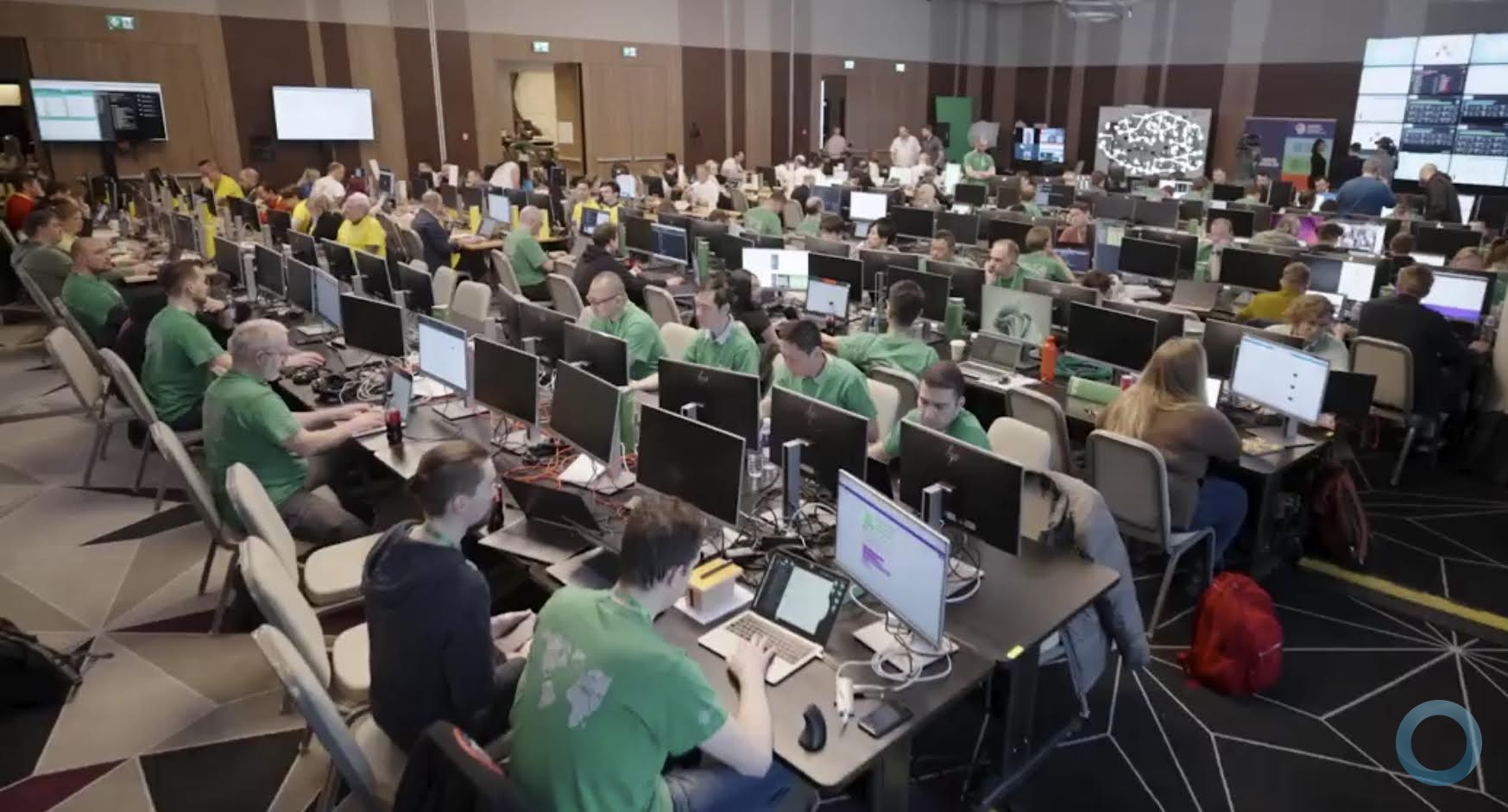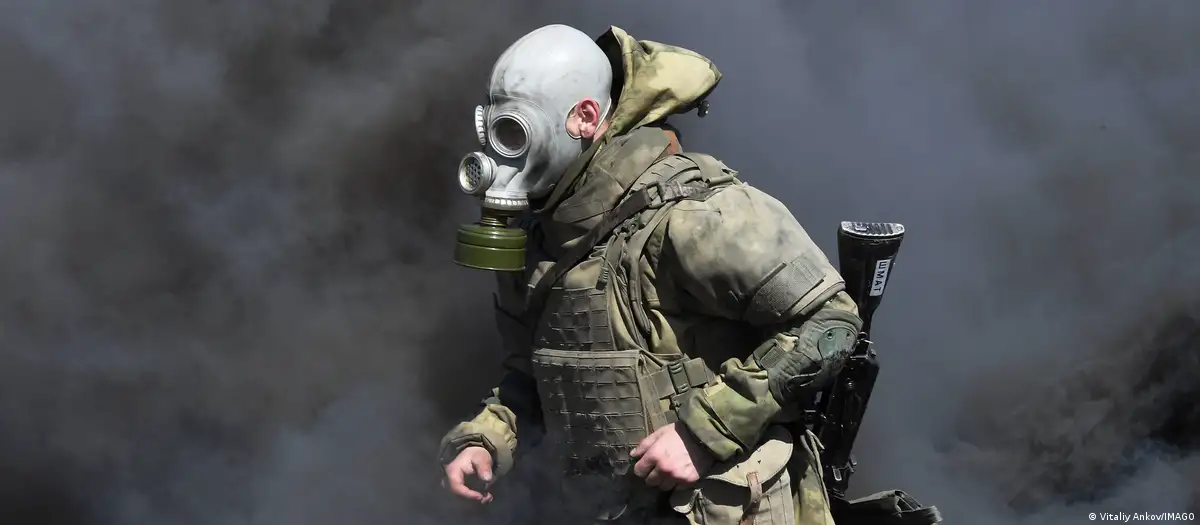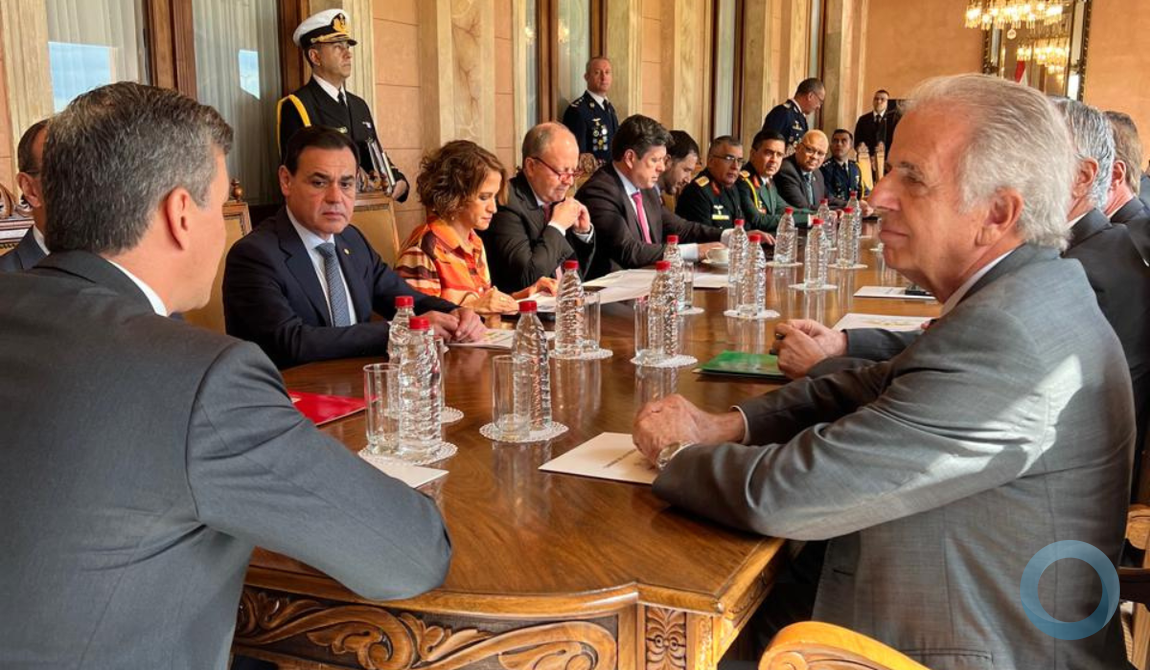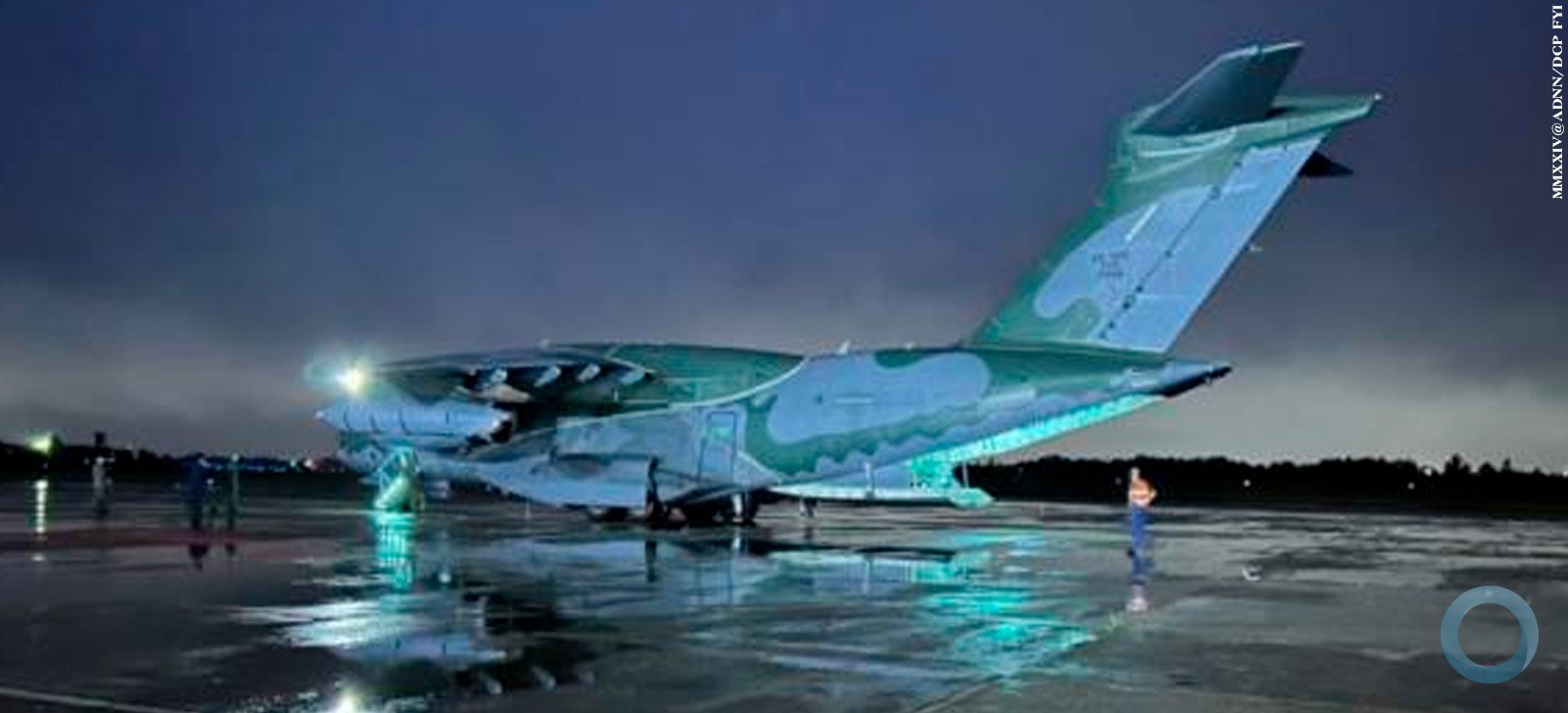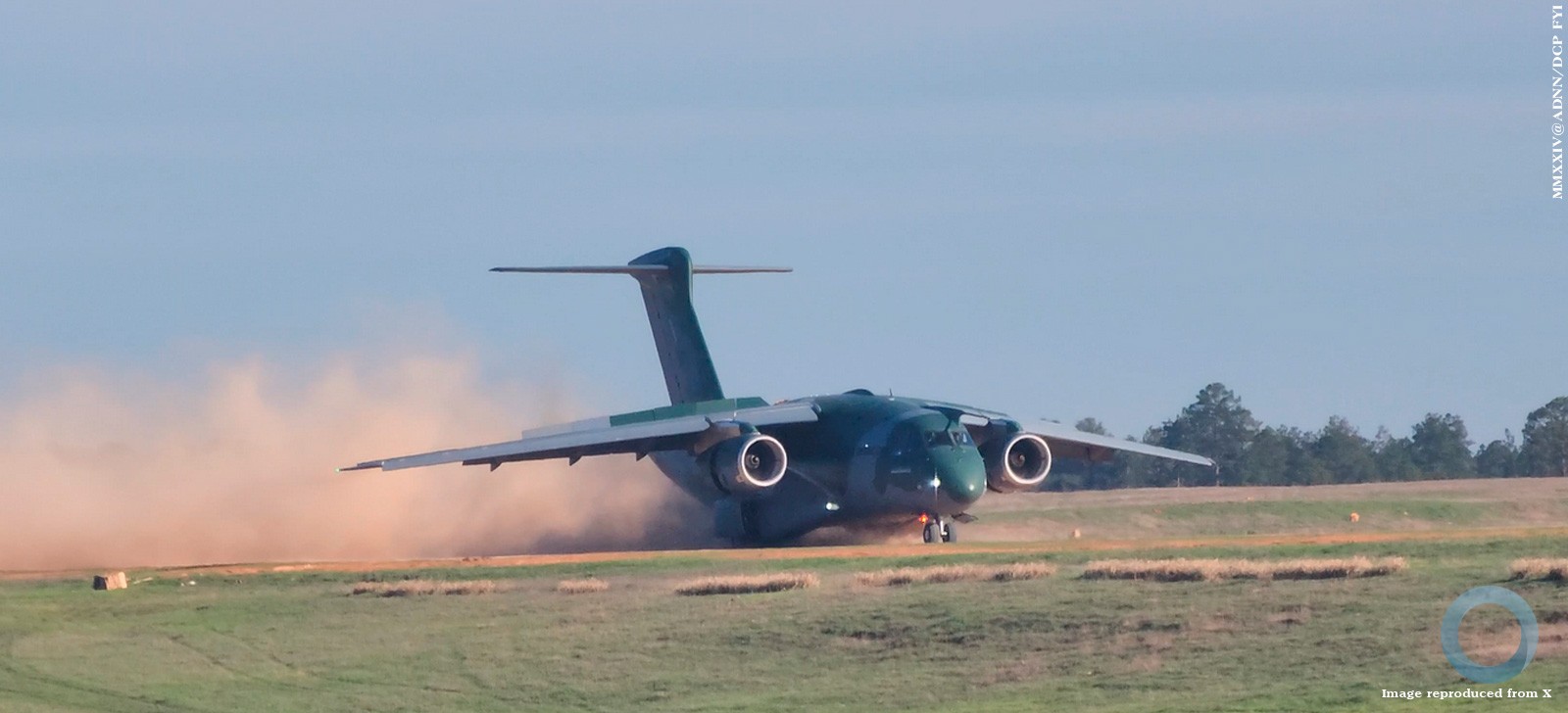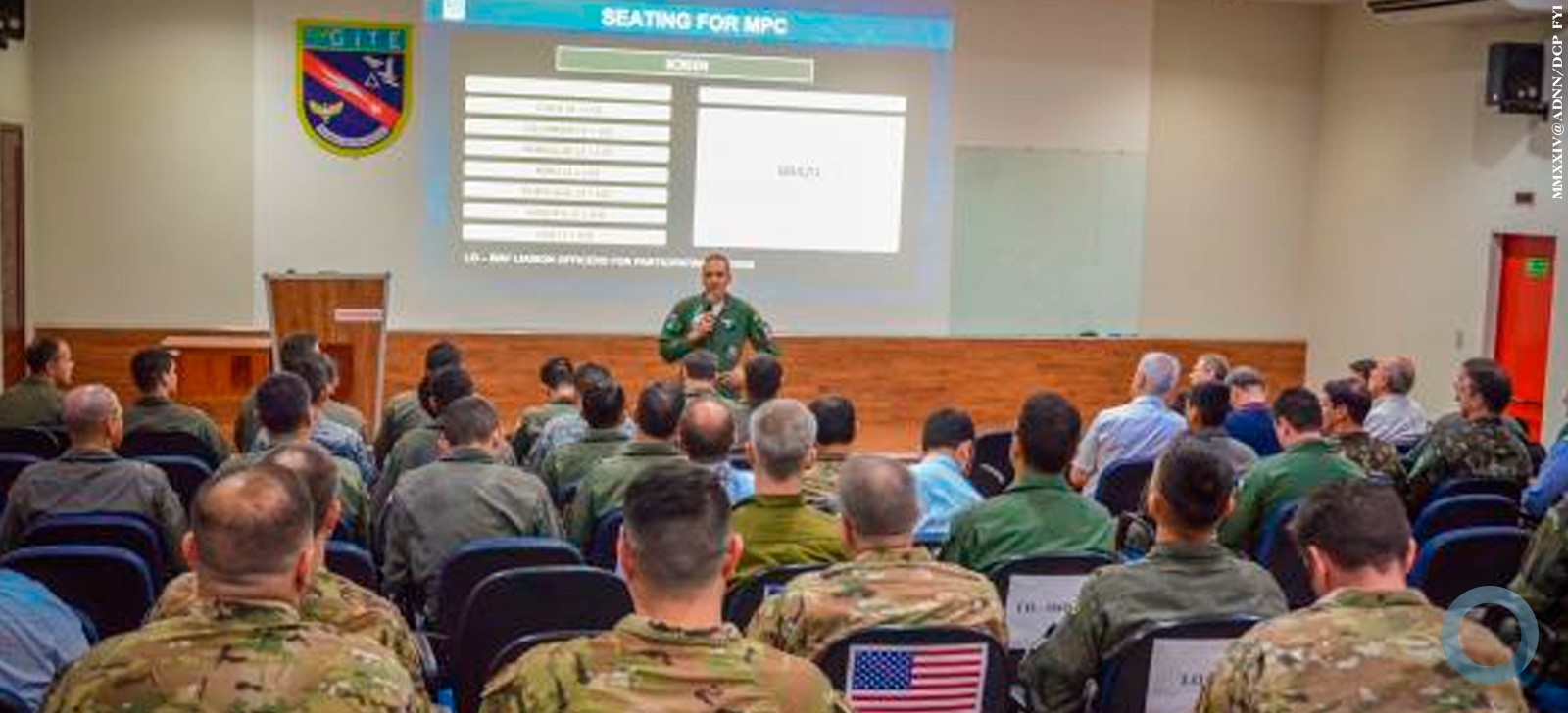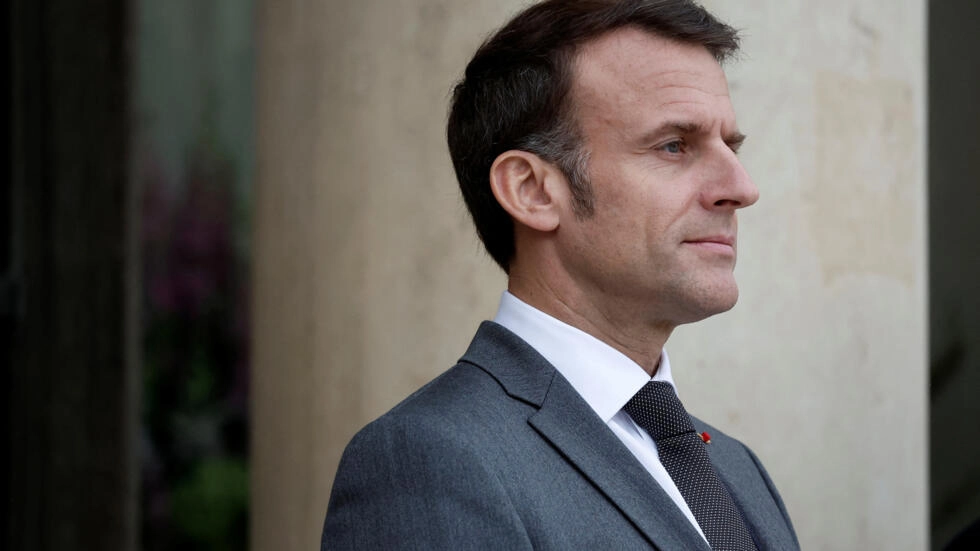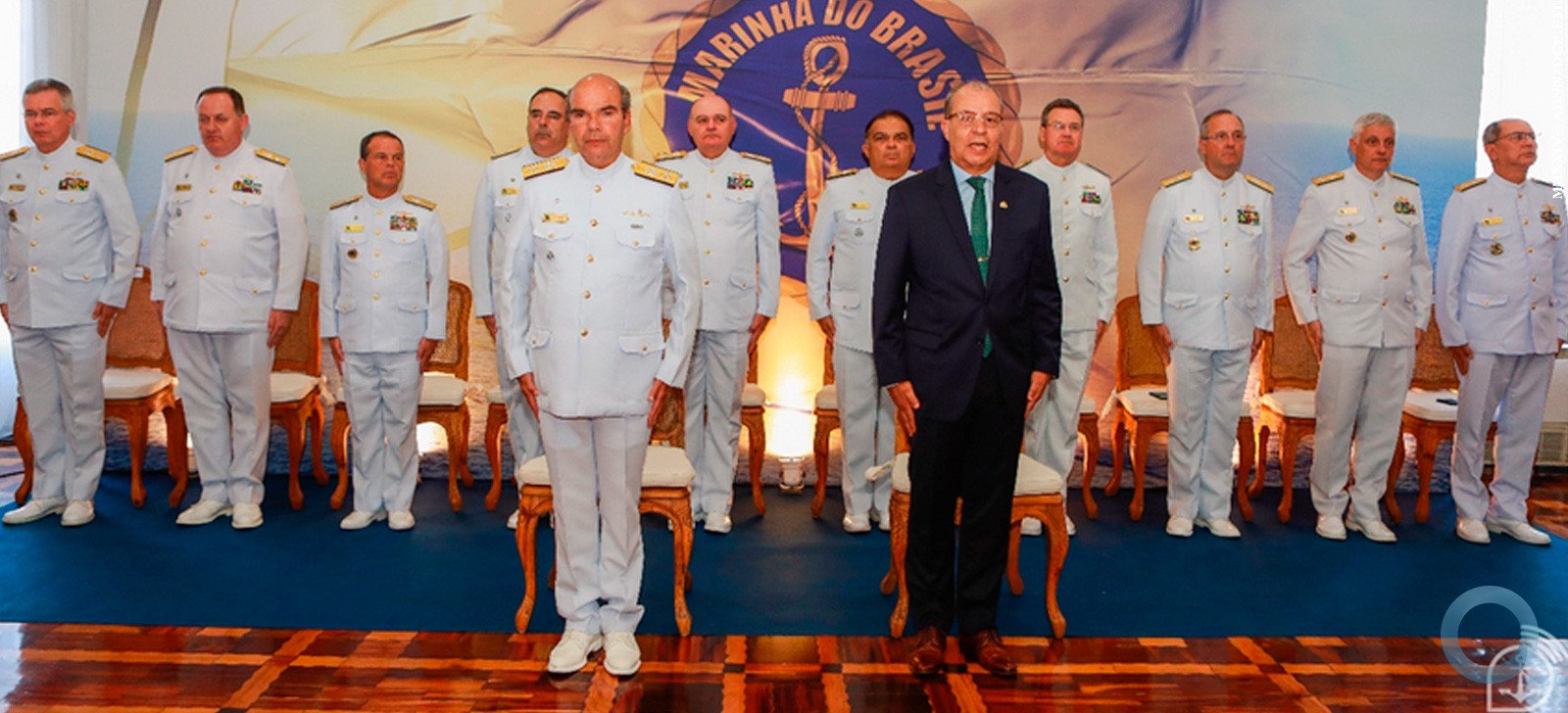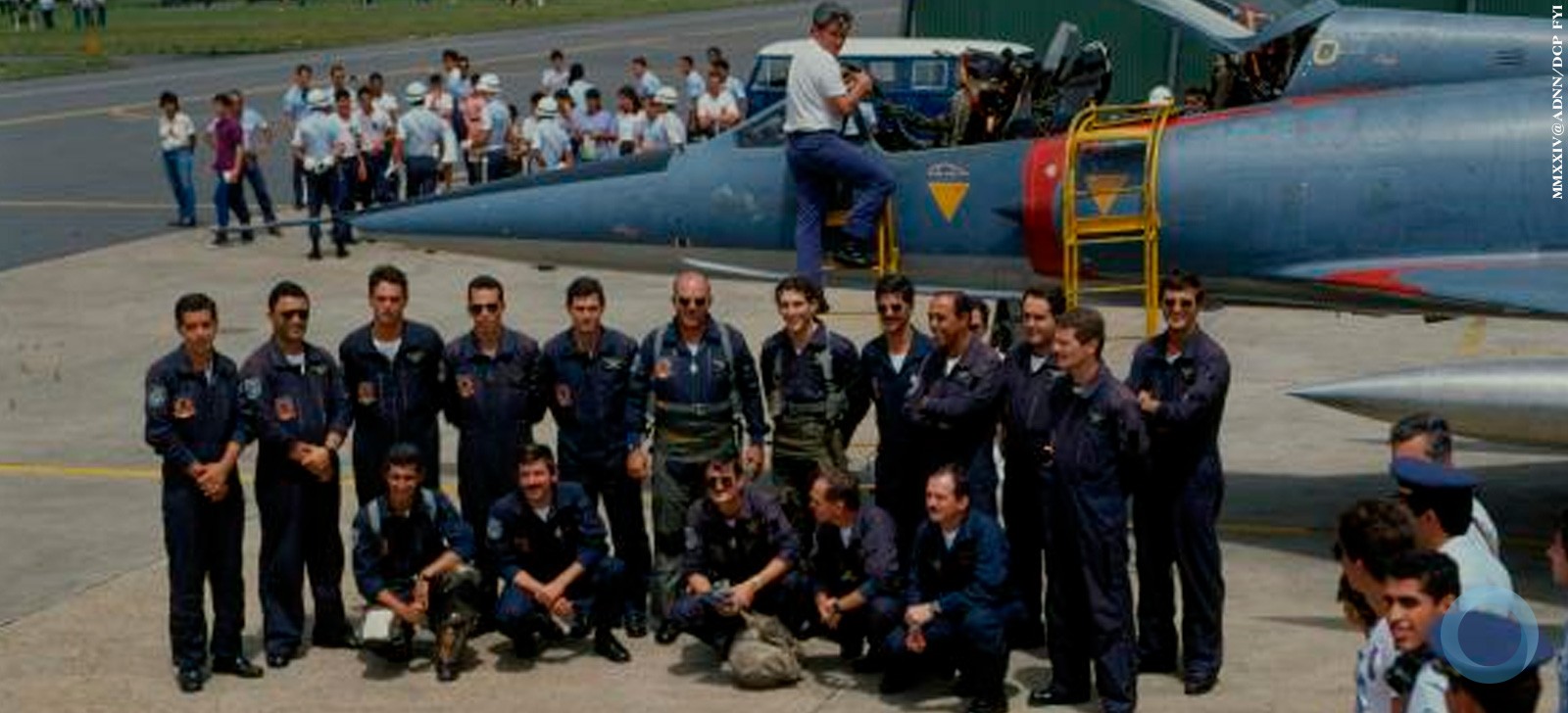DefesaNet Note
Portuguese version read
KC-390 – O acerto quadridimensional da EMBRAER Link
O Editor
KC-390: an EMBRAER’s multidimensional hit
The concept of TTC – Tech x Timing x Cost – that could sounds like a tridimensional view at a glance, actually spreads over a fourth axis. That is “expectationability”, what tries to plot the market’s level of expectation about concrete cost-effective solutions that could confer operational advantage at short to mid-term.
By Vianney Junior
Chief Aircraft Evaluation Editor
@jrvianney
Frequent readers have got familiar to our concept of TTC, or Tech x Timing x Cost, tailor applied to both aeronautical manufacturing and market. Such a concept, which should not be confused with any other “looks-like” binomial or trinomial extracted from a traditional economics dictionary, is useful for the strategic analysis, whether for production or acquisition of civilian and military aircraft.
Overlaying on the same graph a pondered given score to the embedded technology, a balanced score along a life cycle timeline – from inception to obsolescence – and a last score to the dilute cost all over the whole process, those not familiar with our concept (already exposed on our analyses, lectures, and forums) could get the quick impression that this analysis deals with this three-dimensional vision only.
Meanwhile, these axes are plotted on a complex matrix whose spatial scope is the realm of an intangible component: the “expectationability”. From that point on, the belief of the market about the practicability of a new technology, able to come into service for a reasonable price makes the basis for the holistic approach for a successful brand new aircraft. More than that, the cost-effective tech brought by this airplane should be widely believed to confer a competitive advantage, and still proportionately “in line” with the pricing of older technologies. TTC gets more and more relevant in a world in change.
A World between Generations
Trying to find a clear definition of “generation” in practice it is not an easy task. More likely than reaching a consensus, one will often meet a high-tone discussion. However, it is undeniable that the adoption of latest improvements on design (with new wings profiles and airframe geometry), avionics (providing state-of-the-art situational awareness), engines (fuel-efficiency, high availability), and systems (including radars, optronics, missile approach warnings, etc.) drove the industry to produce – and the market to be looking for – better aircraft what implies in performance, economy, safety, availability, and survivability in hostile environments.
Such advances, whether in the civil or military sector, translate to the best cost-benefit for the lifecycle of an asset demanding such a high level of investment. So it makes perfect sense to bet on solutions that combine all these nuances.
Now here comes the KC-390. This airlifter aims since the very first drawing at being an intelligent and flexible solution to present and forecasted demands. This engineering method reduced the risk always involved in rolling out a new aircraft. By combining state of the art technologies – although supplied by proven manufacturers – with reliable solutions, and perfectly in tune with the expectancy/demand from the market, raises considerably your chances of achieving commercial success over the next two decades.
An aging World Fleet
The KC-390 is expected to enter in service in 2016, aiming a market segment that is highly promising. Its direct competitor, a sales champion, can exactly represent the key for the KC-390 to become a successful business venture. The Lockheed Martin’s C-130 Hercules carries about 4 tons less, and it is 178 knots (330 km/h) slower than the KC-390. Current world’s workhorse, the Hercules is operated by more than 70 countries, a fleet that today numbers about 2400 units, the majority of which are well advanced in the aging process. The EMBRAER’s airlifter takes the field as a natural substitute.
Going up against modernized versions of the Hercules, the KC-390 has the advantage, incorporating the most modern technologies in this category of aircraft. It was designed this way from inception with superior aerodynamic performance, based on the most modern design, unlike any update that could be done to modernize the venerable but aged C-130. Hercules was a project that originated in late forties and the aircraft entered service in 1954, 60 years ago.
If Embraer’s projections are met, KC-390 would sell and produce 100 units in its first decade. The majority of those would replace the Hercules.
Related Material – Portuguese Only
KC-390 Hangout cycle detailed project technically with participants: Brigadier Crepaldi, President COPAC, Col Carneiro Project Manager KC-390, COPAC, and Paulo Gastão, VP KC-390 Program, EMBRAER Defesa & Segurança.
Also important participation Major-brigadier Antônio Carlos Egito do Amaral, Commander Air and Space Defense Commander (COMDABRA)
Transcrition and videos links:
KC-390 E O SALTO QUALITATIVO DA INDÚSTRIA AERONÁUTICA BRASILEIRA – Participação FAB I
a – Transcrição Link
b – Vídeo Link
KC-390 E O SALTO QUALITATIVO DA INDÚSTRIA AERONÁUTICA BRASILEIRA – Participação EMBRAER Defesa & Segurança II
a – Transcrição Link
b– Video Link
Also read Exclusive – Interview with Paulo Gastão, KC-390 Program Diretor – DefesaNet Link
KC-390 – EMBRAER fez Avant-Premiére em Farnborough Link
KC-390 – Rockwell Collins Apresentou Software Aviônica Basica em Farnborough Link






